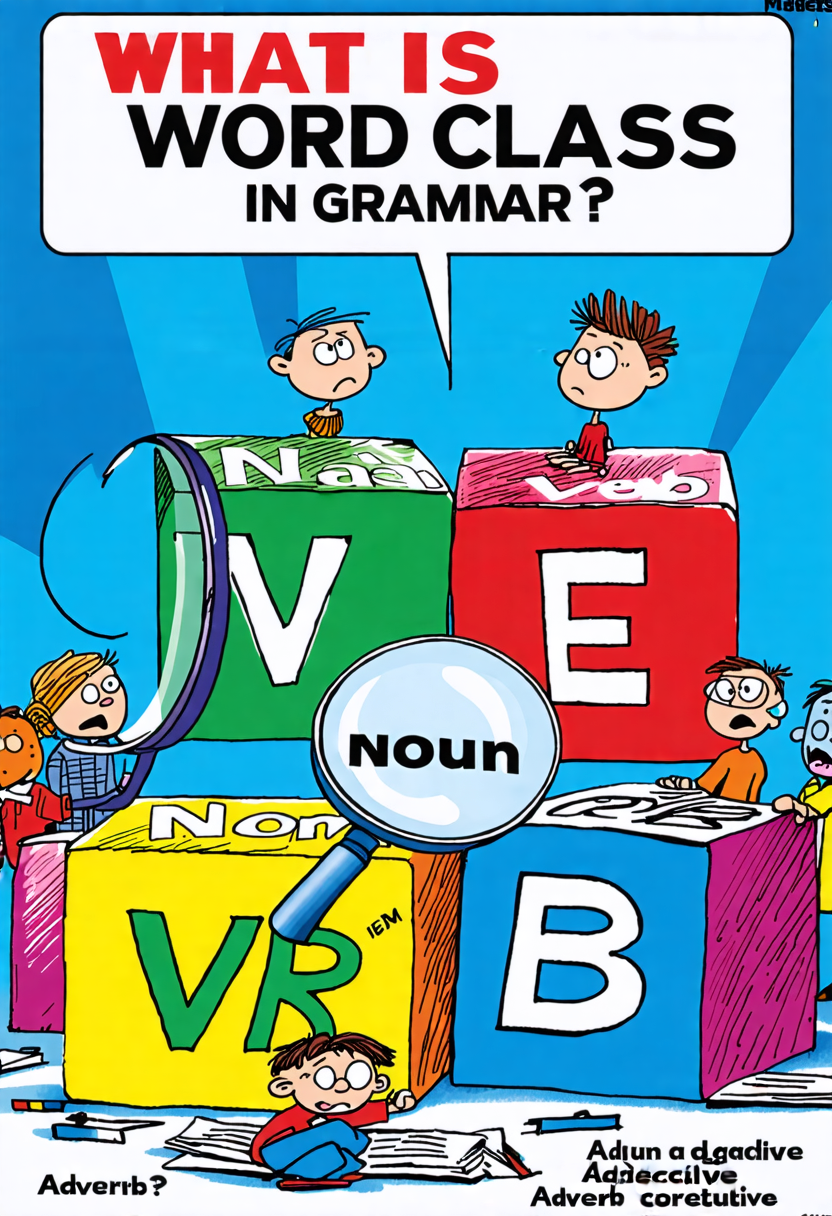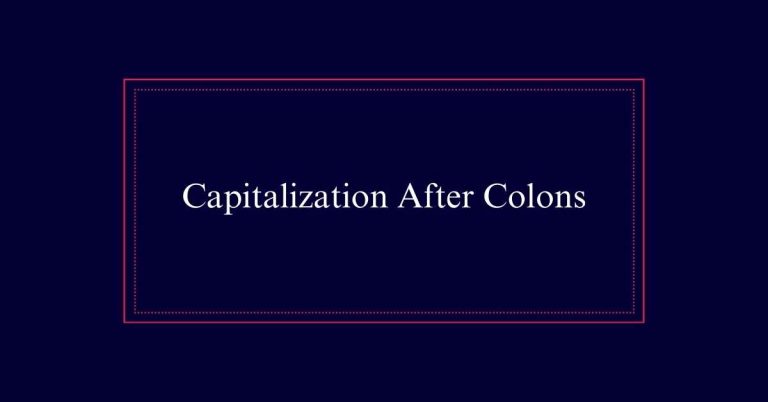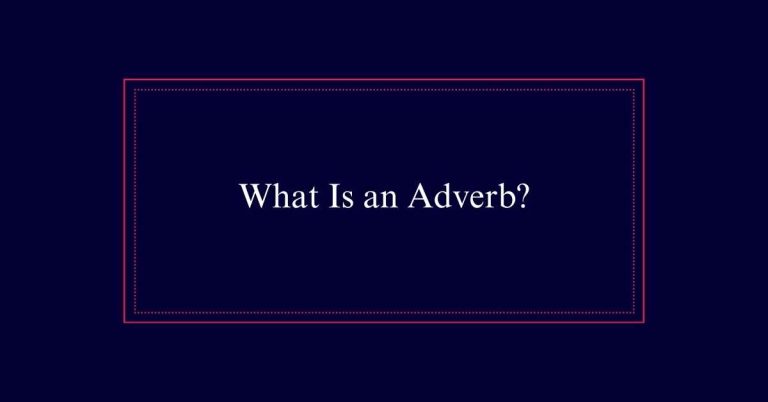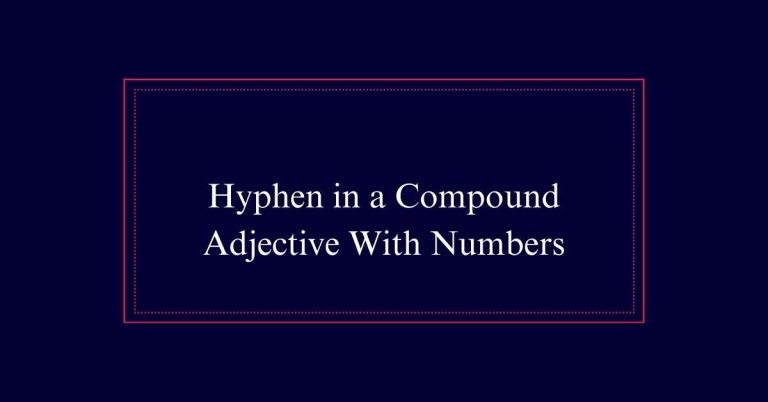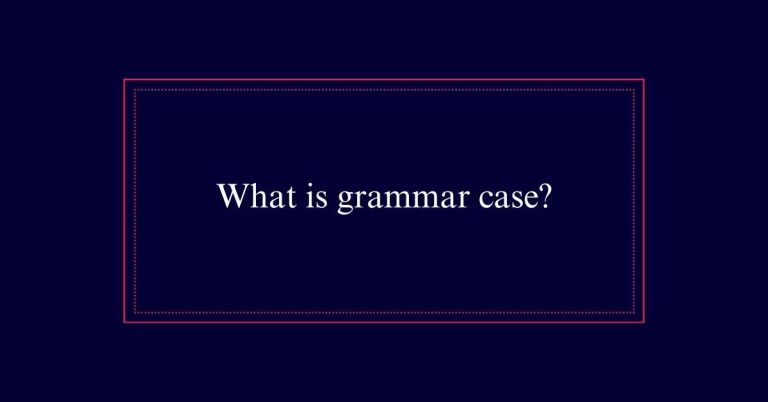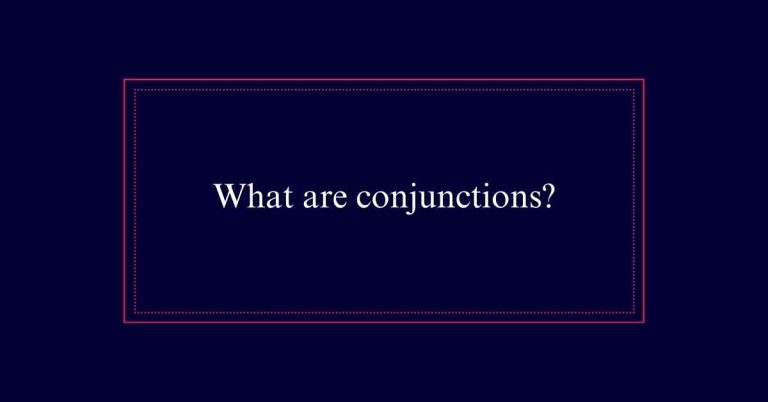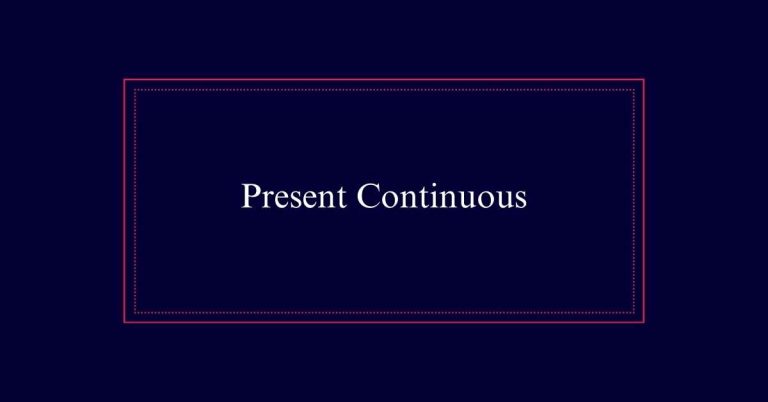What Is Word Class in Grammar?
Word class in grammar categorizes words based on their roles in a sentence. There are two main types: form and function word classes. Form classes include nouns, verbs, adjectives, and adverbs, which are the primary building blocks of sentences.
Nouns represent people, places, or things, while verbs denote actions or states of being. Function classes, such as auxiliary verbs, prepositions, and pronouns, support sentence structure and meaning. For example, auxiliary verbs help form tenses and pronouns replace nouns to avoid repetition.
Understanding Word Classes
Understanding word classes is fundamental to mastering grammar. Word classes categorize words based on their role in a sentence.
There are two main types: form word classes and function word classes. Form word classes include nouns, verbs, adjectives, and adverbs. These words change form to indicate different meanings or grammatical functions. For example, nouns can be singular or plural, and verbs can be in different tenses.
Function word classes include auxiliary verbs, prepositions, pronouns, determiners, conjunctions, and interjections. These words help to form the structure of sentences and clarify relationships between words. Each class has specific characteristics that make it unique.
Form Word Classes
Why are form word classes essential in grammar? They provide the building blocks of sentences. Form word classes include nouns, verbs, adjectives, and adverbs.
Nouns represent people, places, things, or concepts. For example, ‘cat’ and ‘museum.’
Verbs indicate actions, such as ‘swim’ or ‘analyze.’
Adjectives modify nouns by adding details like color or size, such as ‘beautiful’ or ‘new.’
Adverbs modify verbs, adjectives, or other adverbs, often indicating how or when something happens, like ‘quickly’ or ‘early.’
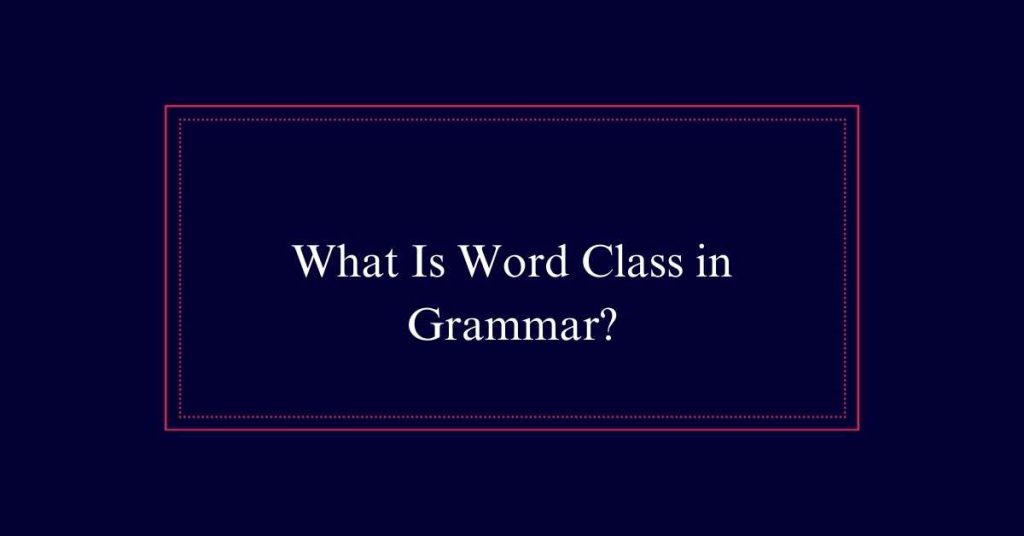
Function Word Classes
Function word classes are essential in grammar as they serve specific roles that support the structure and meaning of sentences. These classes include auxiliaries, prepositions, pronouns, determiners, conjunctions, and interjections.
Auxiliary verbs, such as ‘will’ and ‘must,’ help form different tenses. Prepositions, like ‘behind’ and ‘from,’ indicate relationships between words. Pronouns, such as ‘he’ and ‘they,’ replace nouns to avoid repetition.
Determiners, like ‘the’ and ‘some,’ specify nouns. Conjunctions, such as ‘and’ and ‘because,’ connect words or clauses. Interjections, like ‘ouch’ and ‘wow,’ express sudden emotions.
Nouns
Nouns represent people, places, things, or concepts and are essential to constructing meaningful sentences. They can be concrete, like ‘dog’ or ‘apple,’ which are tangible and perceptible through the senses. Alternatively, nouns can be abstract, like ‘freedom’ or ‘happiness,’ which represent ideas or qualities.
Proper nouns denote specific entities, such as ‘The Mandalorian’ or ‘Taiwan,’ and are always capitalized. Common nouns, like ‘pizza’ and ‘cat,’ refer to general items or beings.
Nouns serve as the subject or object in sentences, playing crucial roles in communication. They enable us to identify and discuss the world around us, making them indispensable in both written and spoken language.
Verbs
Verbs are essential elements of sentences that signify actions, events, or states of being. They are vital for forming complete sentences and provide the necessary information about what the subject is doing or experiencing.
Verbs can be conjugated in different tenses to indicate the time of the action, such as past, present, or future. For example, ‘swim’ can become ‘swam’ or ‘will swim’ to show different times. Common examples of verbs include ‘be’ (is, are, was, were), ‘play,’ and ‘analyze.’ Verbs are versatile and can change form to match the subject and tense.
Adjectives
Adjectives are words that modify or describe nouns, adding details such as color, size, or age. They provide more information about the noun, making sentences more descriptive and engaging.
For example, in the phrase ‘a red apple,’ the word ‘red’ is an adjective describing the apple’s color. Similarly, in ‘a large dog,’ the adjective ‘large’ describes the dog’s size.
Adjectives can also indicate quantity, such as in ‘many books’ or ‘few people.’ They enrich communication by specifying attributes and qualities. Without adjectives, language would lack vividness and specificity.
Examples of adjectives include ‘beautiful,’ ‘old,’ and ‘tall.’
Adverbs
Adverbs are words that modify verbs, adjectives, or other adverbs, providing additional information about how, when, where, or to what extent an action occurs. They enhance the meaning and context of a sentence by specifying details.
For example, in ‘He runs quickly,’ the adverb ‘quickly’ describes how he runs. Adverbs can be categorized based on the type of information they provide:
- Manner: Describes how an action is performed. Example: ‘She sings beautifully.’
- Time: Indicates when an action occurs. Example: ‘They will arrive tomorrow.’
- Place: Specifies where an action takes place. Example: ‘He looked everywhere.’
Prepositions
Prepositions are words that indicate relationships between other words in a sentence, often describing location, direction, or time. They are crucial in clarifying how different elements of a sentence relate to each other.
For example, in the sentence ‘The book is on the table,’ the preposition ‘on’ shows the relationship between ‘book’ and ‘table.’ Prepositions always use a noun or pronoun as their object.
Common examples include words like ‘behind,’ ‘from,’ ‘under,’ and ‘during.’ By providing context, prepositions help create clear and specific meaning in sentences.
Pronouns
Pronouns are words that substitute for nouns to enhance communication efficiency and avoid redundancy. They streamline sentences by replacing nouns already mentioned or understood from context. Common types of pronouns include personal, possessive, and demonstrative pronouns.
- Personal Pronouns: Refer to specific people or things. Examples include ‘he,’ ‘she,’ ‘it,’ ‘we,’ and ‘they.’
- Possessive Pronouns: Indicate ownership or possession. Examples are ‘mine,’ ‘yours,’ ‘his,’ ‘hers,’ ‘ours,’ and ‘theirs.’
- Demonstrative Pronouns: Point to specific things. Examples include ‘this,’ ‘that,’ ‘these,’ and ‘those.’
How Do Vowels and Word Class Relate in Grammar?
Understanding vowels in language is crucial when it comes to word class in grammar. Vowels play a significant role in determining the word class of a given word. Whether a word is a noun, verb, adjective, or adverb, the presence and placement of vowels can provide important clues for classification.
Conjunctions and Interjections
Following the efficient use of pronouns, conjunctions and interjections play vital roles in connecting ideas and expressing emotions within sentences. Conjunctions link words, phrases, or clauses, enhancing coherence. Examples include ‘and,’ ‘but,’ and ‘because.’
Coordinating conjunctions join elements of equal importance, while subordinating conjunctions link dependent clauses to main clauses.
Interjections, on the other hand, are used to convey sudden emotions or reactions. They often stand alone or are inserted into sentences for emphasis. Examples include ‘wow,’ ‘ouch,’ and ‘hey.’
Unlike conjunctions, interjections are more informal and are typically found in casual communication. Both conjunctions and interjections, though different in function, enrich the language by providing clarity, emotion, and connection.
